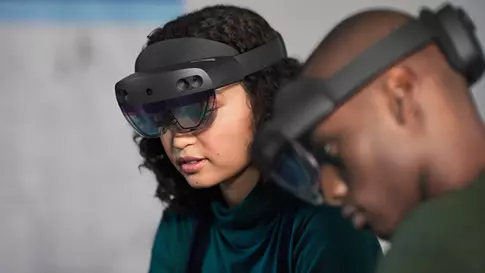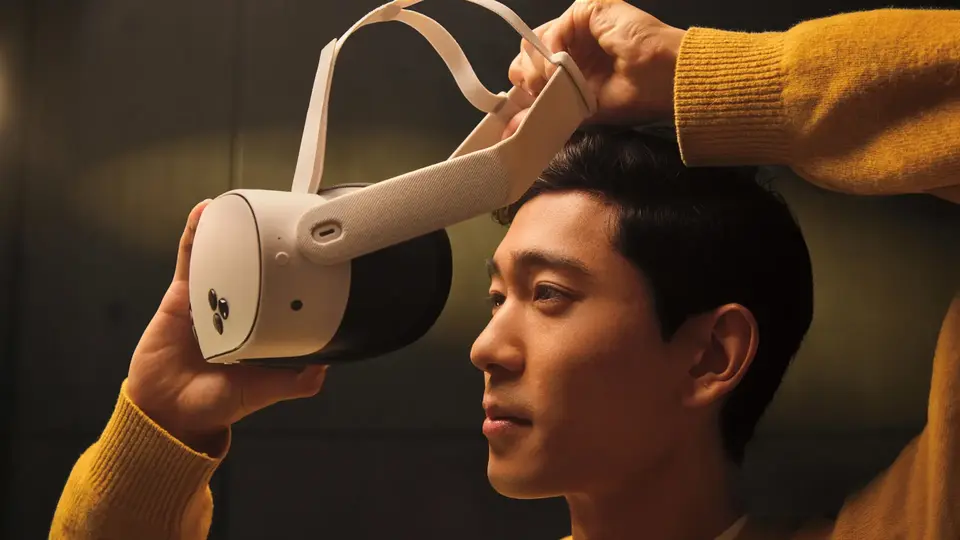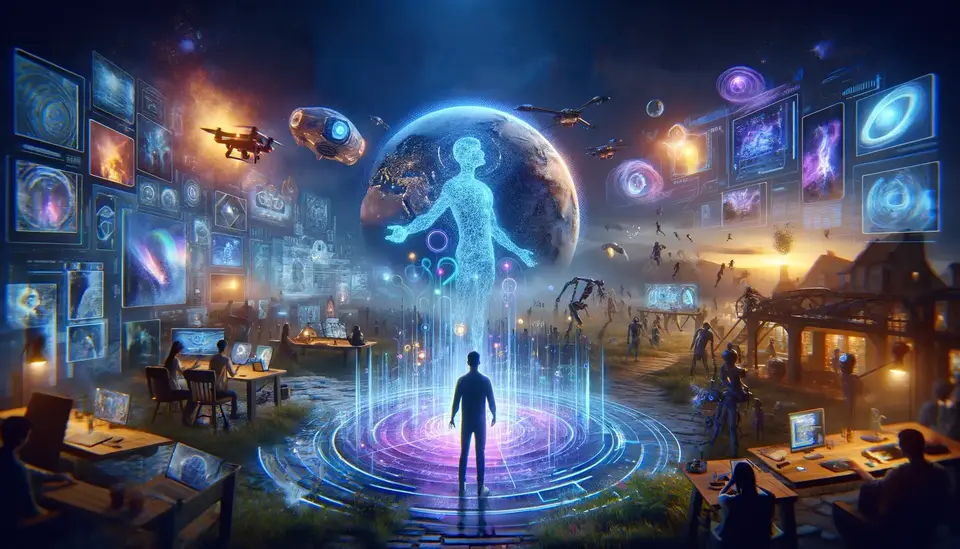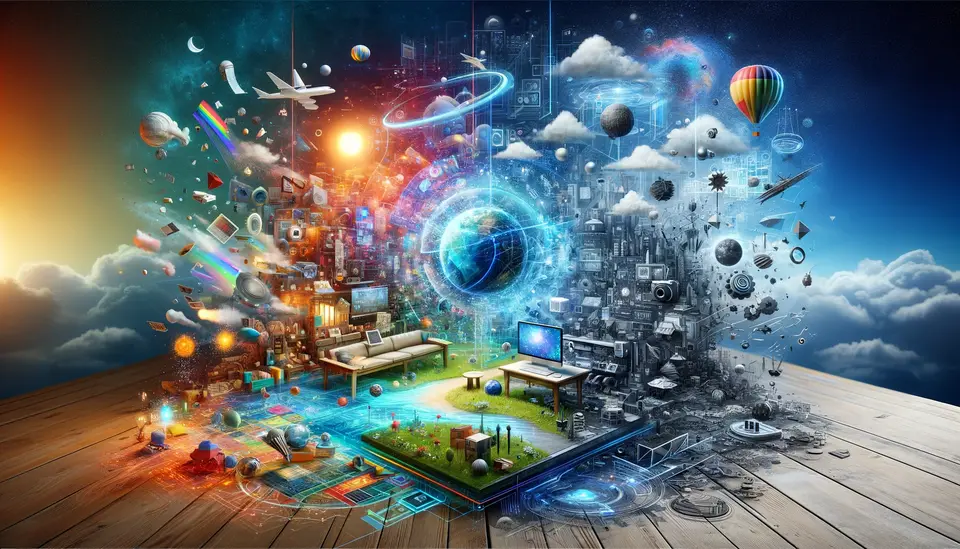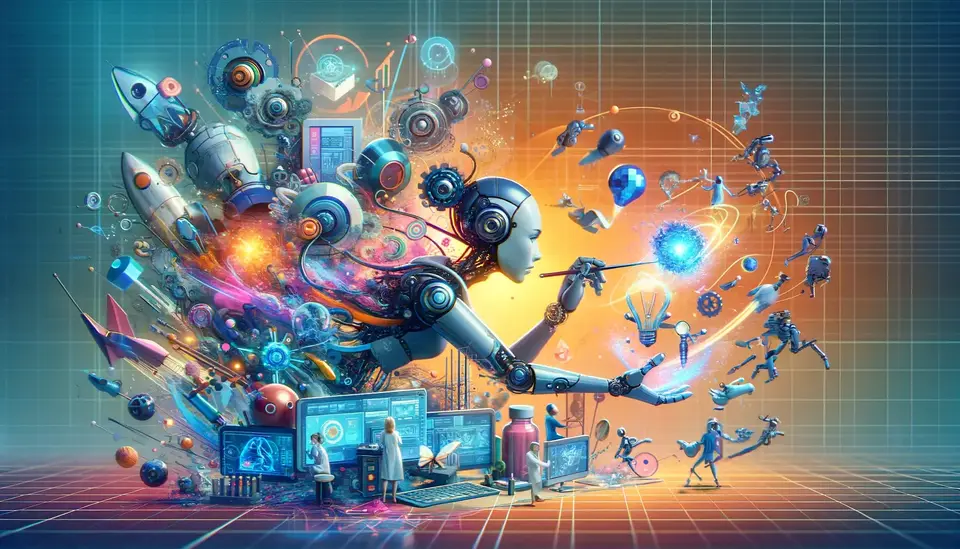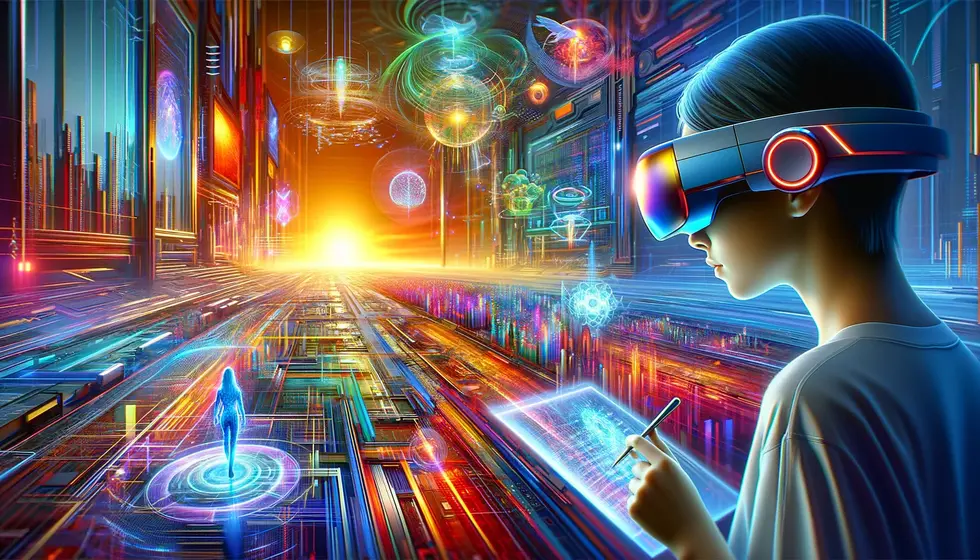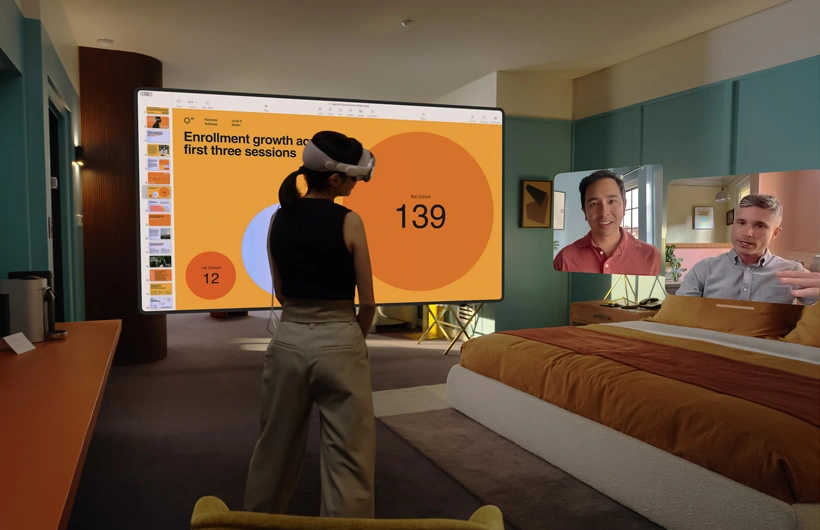15 Examples of the Use of Mixed Reality in Advertising
Posted on March 27, 2023 5 minutes 1016 words
Table of contents
- 1. Augmented Storefronts
- 2. Virtual Try-On Experiences
- 3. Immersive Product Demonstrations
- 4. Interactive Billboards
- 5. Location-Based Offers and Promotions
- 6. Gamified Marketing Campaigns
- 7. Event Activations and Sponsorships
- 8. Virtual Showrooms
- 9. Personalized Advertising Experiences
- 10. Collaborative Shopping Experiences
- 11. Enhanced Packaging and Product Information
- 12. Virtual Tours and Travel Experiences
- 13. Educational Advertising Content
- 14. Social Media Integration
- 15. Real-Time Customer Support
- Conclusion
Mixed reality (MR) is a revolutionary technology that combines the physical and digital worlds to create immersive, interactive experiences. In advertising, MR presents unique opportunities to engage consumers, bridging the gap between digital and physical spaces. By leveraging MR, advertisers can create innovative campaigns, increase user engagement, and provide immersive experiences that capture the attention of potential customers. In this blog post, we will explore 15 examples of how mixed reality is transforming the world of advertising.
1. Augmented Storefronts
Mixed reality can turn ordinary storefront windows into interactive displays, attracting customers and promoting products in an engaging way. For example, Nike utilized MR technology to create an interactive display that allowed passersby to customize their own sneakers and see them projected onto a storefront window. This innovative use of MR technology not only attracted attention but also encouraged customers to enter the store and explore further.
2. Virtual Try-On Experiences
MR technology enables customers to virtually try on clothes, makeup, and accessories, increasing the likelihood of purchase and reducing returns. Warby Parker’s Virtual Try-On app allows customers to see how different eyeglass frames look on their face using augmented reality. This feature has proven to be a valuable tool in helping customers find the perfect pair of glasses without setting foot in a store.
3. Immersive Product Demonstrations
Mixed reality can showcase products in 3D, providing an interactive and engaging way for potential customers to explore features and benefits. For instance, IKEA’s Place app utilizes MR technology to allow users to place virtual furniture in their home, helping them visualize how it would fit in their space before making a purchase.
4. Interactive Billboards
MR can turn traditional billboards into interactive experiences, offering additional content and encouraging user engagement. Pepsi Max implemented an MR campaign that transformed a bus shelter in London into a thrilling experience, complete with virtual alien invasions and tigers appearing to roam the streets. This creative use of MR technology captivated passersby and created a memorable advertising experience.
5. Location-Based Offers and Promotions
Businesses can use MR to provide targeted, location-based offers and promotions to potential customers. Snapchat’s Geofilters, for example, allow brands to create custom filters tied to specific locations. When users visit these locations and use the filter, they are exposed to the brand’s promotional message while creating and sharing engaging content.
6. Gamified Marketing Campaigns
MR can be used to create gamified advertising experiences, incentivizing users to engage with a brand and share their experiences. The Pokémon GO phenomenon demonstrated the power of location-based, gamified experiences to drive user engagement and brand awareness.
7. Event Activations and Sponsorships
MR can enhance events and sponsorships, creating memorable and engaging experiences for attendees. During the 2018 NBA All-Star weekend, Nike utilized MR to create an immersive sneaker gallery, allowing visitors to explore and interact with virtual shoes suspended in mid-air.
8. Virtual Showrooms
Mixed reality can provide virtual showrooms for customers to explore products and make informed decisions without visiting a physical location. Audi, for example, has developed a virtual reality showroom where customers can configure their car and explore it in detail, providing an unparalleled level of customization and personalization.
9. Personalized Advertising Experiences
MR can deliver tailored ads to users based on their preferences, habits, and interests, improving ad relevance and effectiveness. Coca-Cola used MR technology to create personalized bottle labels in real-time, engaging users by allowing them to see their name on a virtual bottle before sharing it on social media.
10. Collaborative Shopping Experiences
MR can enable friends and family to shop together remotely, sharing opinions and suggestions in real-time. Social shopping apps like Squad combine video chat and online shopping, allowing users to browse products together while discussing their opinions and preferences. By integrating mixed reality, these platforms can further enhance the collaborative shopping experience by enabling users to visualize products in their own space or on their body, making it easier to share opinions and make informed decisions together.
11. Enhanced Packaging and Product Information
MR can add a digital layer to physical products, providing additional information, tutorials, and reviews. For example, the wine brand 19 Crimes developed an app that brings their wine labels to life, with the characters on the label telling their stories through augmented reality. This not only provides a unique and engaging experience but also delivers valuable product information to customers.
12. Virtual Tours and Travel Experiences
MR can offer virtual tours of destinations or experiences, inspiring travelers to book trips and excursions. The Marriott hotel chain has used MR technology to provide virtual tours of their hotels and destinations, allowing potential guests to explore the properties and surrounding areas before making a booking.
13. Educational Advertising Content
MR can provide educational content related to a product or service, helping consumers make informed decisions. For example, the pharmaceutical company Novartis created an MR experience that allowed users to explore the human heart and learn about a particular heart condition, educating patients and healthcare professionals about their product in a captivating and interactive way.
14. Social Media Integration
MR can be integrated into social media platforms, allowing users to share experiences and branded content with their networks. Snapchat’s AR lenses have been a popular tool for brands to create engaging, shareable content that can be easily integrated into users’ social media feeds, expanding reach and increasing brand awareness.
15. Real-Time Customer Support
MR can enable live customer support, providing real-time assistance and troubleshooting to enhance the customer experience. For instance, Lowe’s home improvement store implemented an MR app called Lowe’s Vision, which allows customers to connect with a live associate who can guide them through a home improvement project using augmented reality.
Conclusion
The potential of mixed reality in advertising is vast, offering countless opportunities for brands to create engaging, immersive, and personalized experiences for their customers. By exploring the possibilities offered by MR technology, businesses can stay ahead in the competitive landscape, harnessing the power of innovation to create memorable and effective advertising campaigns.

